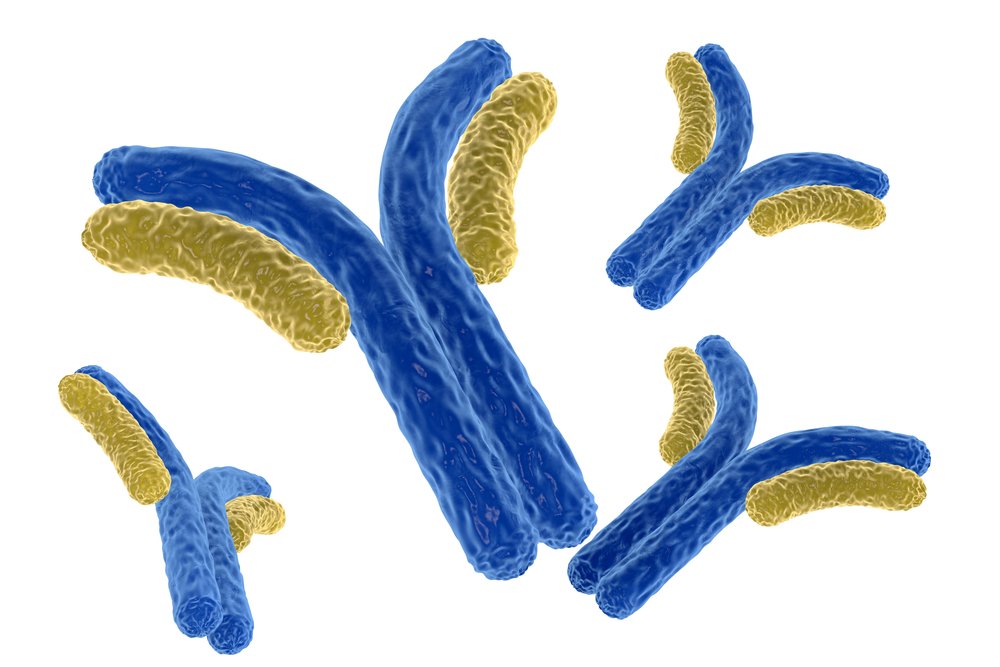Study Examines Risk Factors Between Pulmonary Arterial Hypertension and SLE

Pulmonary arterial hypertension (PAH) is a rare complication of systemic lupus erythematosus (SLE) and is associated with the presence of specific autoantibodies, a study has found.
PAH is a complex disease characterized by the constriction of pulmonary arteries. PAH can be associated with connective tissue diseases (CTDs) such as SLE. The association between SLE and PAH (known as SLE-PAH) is very rare, with PAH developing in less than 4 percent of SLE patients.
In fact, previous studies in which PAH diagnosis was based on echocardiography found no significant associations between SLE and PAH, and the European Society of Cardiology and the European Respiratory Society do not recommend systematic PAH screening in SLE patients.
This prompted authors of the study “Pulmonary Arterial Hypertension Associated With Systemic Lupus Erythematosus,” published in the CHEST Journal, to examine the survival rates and characteristics of patients with SLE-PAH.
The authors used the French Hypertension Registry to study survival rates of patients with SLE-PAH. Data from 51 patients and 101 control participants were used in the study. Control patients had SLE, but not PAH.
The test and control groups did not differ in age, sex or time from SLE diagnosis. PAH diagnosis was based on right heart catheterization, and the data used covered the period between June 2003 and June 2013.
Half of the 51 patients were found to be diagnosed with PAH within the first five years of SLE diagnosis, and seven were diagnosed within one year (range: 2.8-12.9 years).
The 5-year survival rate of SLE-PAH patients was high — 83.9 percent.
The authors examined the registry for data on the levels of three autoantibodies (antibodies that are produced by the body against its own proteins). Anti-U1-RNP, anti-SSA and anti-SSB are examples of autoantibodies known to be associated with SLE.
SLE-PAH patients had significantly higher frequencies of anti-SSA (61.9%) and anti-SSB (27%) antibodies than the control group (40% and 8%, respectively). There were no significant differences in anti-U1-RNP levels between the SLE-PAH and control groups (36.8% and 31.3%, respectively).
Interestingly, the survival rate of SLE-PAH patients was significantly better in patients with anti-U1-RNP antibodies.
“In conclusion, PAH is a rare complication of SLE, occurring within the first 5 years of SLE onset in roughly half of all cases. The overall 5-year survival rate of SLE-PAH patients was relatively good (83.9%). Anti-SSA/SSB antibodies may be a risk factor for PAH in SLE patients. The presence of anti- U1-RNP antibodies appears to be a protective factor in terms of survival.” the researchers wrote.







